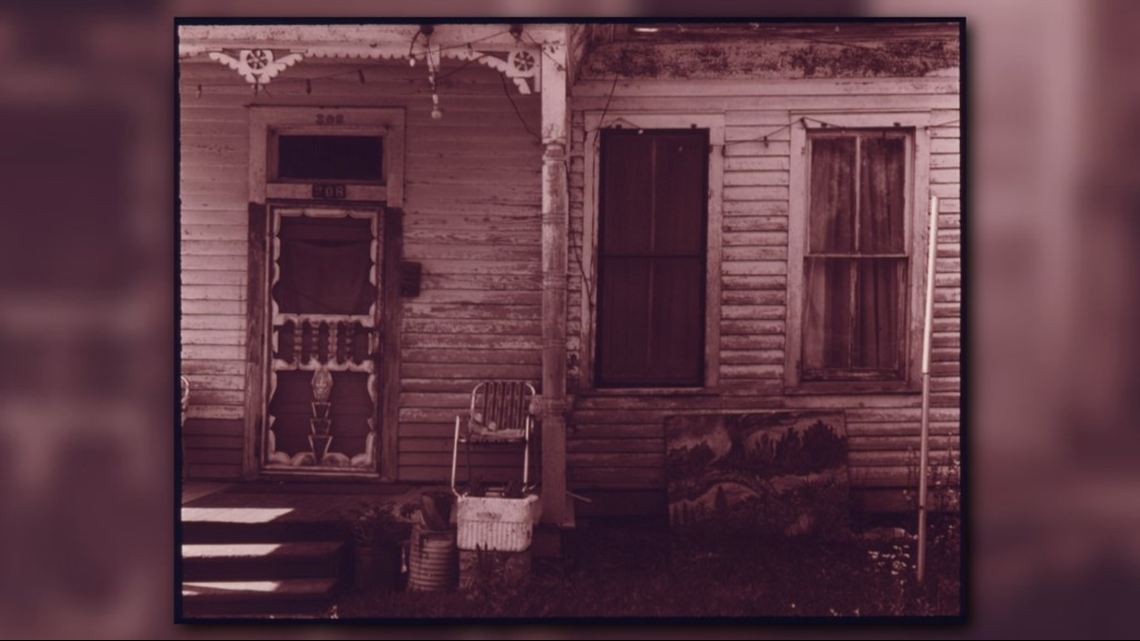PHOENIX - Imagine having to live through an Arizona summer before air conditioning.
Air conditioning only started to be widely adopted in the Valley after World War II. Before that, previous generations had to be clever about surviving a triple-digit Phoenix summer.
So, how did they deal? They were smart and used what they had. That's how. Beyond drinking enough water, going for a swim, keeping shades closed and hoping a monsoon would cool temps at night, they also made sure to have:
1. Houses with good air ventilation.
William Cooper, a professor at Louisiana State University, told the Boston Globe, "People with the means to do so used to construct homes that stood several feet above the ground, in order to get air circulating under the floor. ... They had long halls through the middle of the house, so if you opened a door at each end, you got a breeze coming through, and you'd have windows on the sides so you'd get cross-ventilation.'"
2. High ceilings
More architectural features including building high ceilings to allow all of the hot air to travel to the top of the house. Most of the time, the windows would be opened near the roof to allow that air to pass through.


3. Transoms
Never heard of a transom? They are the small windows above the door that allowed the hot air to circulate to the higher levels of the house, hence the higher ceilings.


3. Evaporative cooling
According to AZEVAP, settlers hung wet sheets outside and slept near them in a screened in porch or roof.
Guests at the Ford Hotel in Phoenix slept on the balcony while young men peddled to power overhead fans.
4. Wet sheets
People would wrap themselves in a wet sheet overnight in order to stay cooler. There were even cases of pneumonia when they did this.
5. Direct and indirect coolers
The 1986 edition of Dr. John Watt's Evaporative Air Conditioning Handbook talks about the development of air coolers right here in Arizona. The indirect coolers allowed air to pass over water-cooled coil.
The direct coolers consisted of a wooden frame covered in wet burlap. There was a fan close by that would blow through the burlap allowing the cold air to cool the area.
6. Aspen pads
Over time, the development of the direct cooler—also called wet-boxes, desert coolers, drip coolers and swamp coolers—arrived. Later it would include a configuration of a two-inch excelsior (wood chip or aspen) pad sandwiched between chicken wire and nailed to the cooler frame.
For more information regarding evaporative cooling and it's development, follow the link to AZEVAP for more history.
7. Planting Trees
In case you didn't know, Phoenix used to have a lot more more trees. Back in the day, residents would plant trees on the east and west sides of houses to block the rising and setting sun.
But of course, all of the techniques developed in previous generations paved the way for the air conditioning that we have today.
And let's count our blessing that we don't have to endure the heat the way early Arizonans did.

